-
Car Reviews
- Car News
-
Car Comparisons
Latest comparisons
- Chasing Deals
Electric power comes to the family favourite, but has Nissan done enough with its X-Trail e-Power to beat out Toyota’s RAV4 Hybrid?
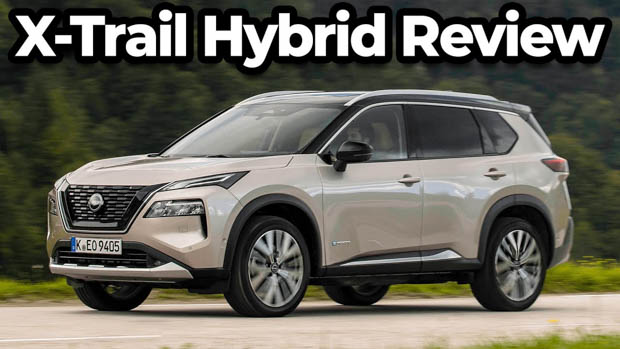
Earlier this year, Nissan unveiled the fourth-generation X-Trail during a local event at the brand’s headquarters in Melbourne. Here, the midsize SUV was revealed with a 2.5-litre petrol engine, but compared with its then-new Qashqai e-Power hybrid stablemate, it seemed something was missing.
This missing link was more recently uncovered X-Trail e-Power, with which Nissan plans to take the fight to Toyota in the medium SUV segment against the extremely popular RAV4 Hybrid.
Though e-Power might sound like a relatively fresh concept, it’s nothing new for Nissan, which has been using the technology on the Note since 2016 in Japan.
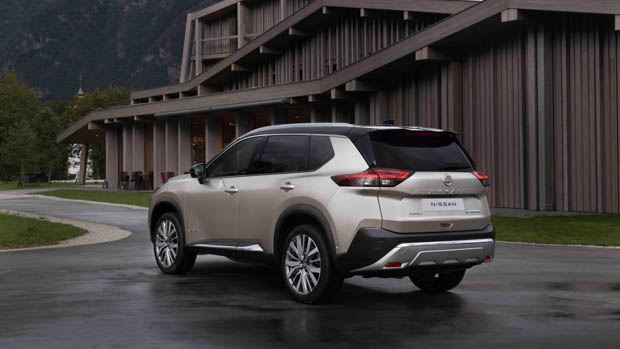
Unlike Toyota’s hybrid system, which works in parallel with the petrol engine, e-Power utilises the engine exclusively as a generator. Power is sent to an inverter which either directs power to the electric motors, or to a battery. No traditional driveshafts are used in this system, so it’s technically impossible for the engine to drive the wheels exclusively, but when the battery doesn’t possess enough charge, it’s able to send power to the wheels via the inverter.
Things get a little more complicated with the introduction of the X-Trail e-Power, as it gets an all-wheel-drive system that Nissan is calling e-4orce. As the name suggests, e-4orce is an exclusively electric all-paw format that employs a motor on each axle.
Nissan Australia has confirmed that the X-Trail e-Power will be landing locally early next year, in the range-topping Ti and Ti-L trim levels. Both of these hybrid-powered X-Trail variants come at a $4,200 premium over the petrol-only equivalents, coming in at $54,190 and $57,190 respectively.
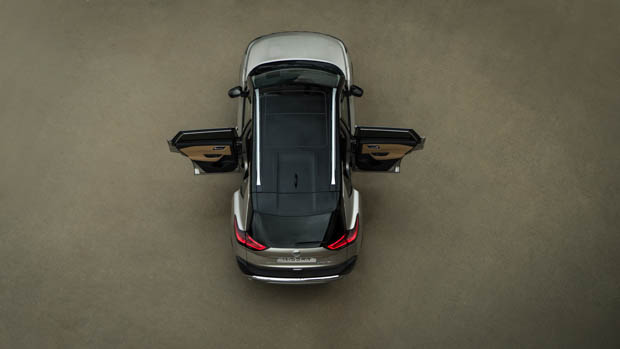
Because these e-Power models are sitting at the top of the X-Trail pecking order, standard kit is plentiful. A panoramic sunroof, power tailgate, head-up display and a set of 19-inch alloy wheels all come on the Ti. Opting for the range-topping Ti-L ups the luxury with Nappa leather seats, an automatic power tailgate and larger 20-inch alloy wheels.
At a $2000 premium over the cheapest Toyota RAV4 Hybrid before on-road costs, it’s clear to see that Nissan has done its homework in making the X-Trail e-Power feel more upmarket.
But that’s just the start. On the road, the Nissan is a different ballgame entirely.
Under the bonnet of Nissan’s X-Trail e-Power sits a 1.5-litre turbocharged variable compression three-cylinder engine. As a standalone unit, this mill pumps out 106kW and 250Nm, but this is somewhat redundant in terms of motivation as the petrol engine only serves as a generator for the e-Power electric system.
With an electric motor on the front and the rear axle, peak combined power sits at 157kW. On the torque front, a single peak figure isn’t able to be given as it’s always being varied in distribution across the two axles, though up front there’s 300Nm while the rear chips in with 195Nm.
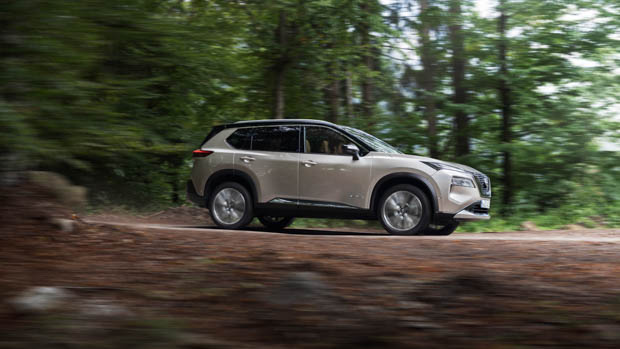
Nissan quotes a 0-100km/h time of seven seconds flat and I have no reason to doubt this as the X-Trail e-Power drives far more like an EV than it does a traditional hybrid. I don’t mean this in the sense that the X-Trail drives like a Porsche Taycan with neck-snapping acceleration, but there’s no hesitation when it comes to torque delivery.
Along the same lines, the electric all-wheel-drive system feels extremely confident in its own skin and wheel slip is non-existent in the dry driving conditions. I can imagine that this would change with reduced levels of grip, but with e-4orce’s ability to adjust torque delivery 10,000 times per second, I doubt the tyres will be putting up much of a fight.

It’s also worth talking about the refinement of that petrol engine-generator under the bonnet, as it only seems to enhance the EV driving experience. In normal driving conditions, most drivers will struggle to notice when the engine fires into life as it barely breaks the EV serenity. That said, the engine gets a little out of its comfort zone when the SUV is pushed up an incline, but even then the noise isn’t invasive.
Drivers have five drive modes to choose from in the X-Trail e-Power, including Normal, Sport, Eco, Snow, and Off-road. Because it sits on fixed dampers, the power delivery is the only noticeable change between these modes, with Sport sharpening up the electric motor response, Eco dulling them down and Normal sitting in a neutral middleground.
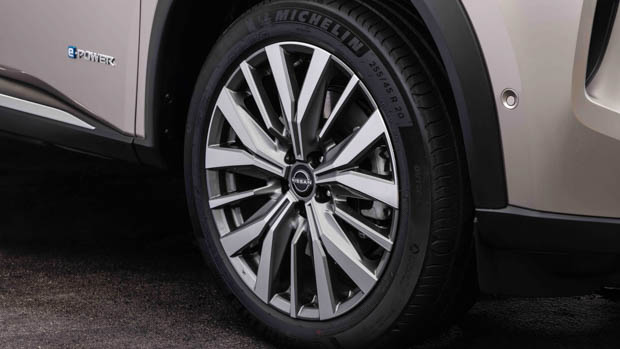
When it comes to the ride, it’s nice and composed for the most part. But some harsh back-roads during the model’s international launch program, in Slovenia, had a habit of poking holes in this composure.
It’s clear that Nissan has made a point of keeping things as smooth and quiet in the cabin, but ride and general comfort does leave a little to be desired. The model that was tested in Europe was sitting on the same 20-inch alloy wheels that will be offered on the Ti-L in Australia, so it’d be worth checking out the 19s offered on the Ti.
As far as steering goes, the ratio is nice, and there’s a bit of weight behind it. Because of this, it’s not a bad thing that the driving mode selector doesn’t change steering feel. However, when grip levels go haywire, very little is communicated through the wheel.
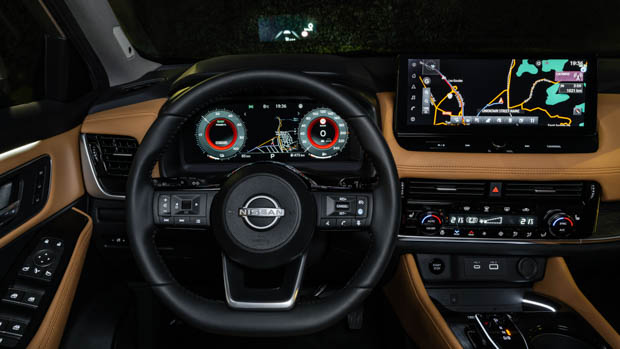
When it comes to safety, the X-Trail e-Power gets Nissan’s Pro Pilot safety suite, which includes all the modern advanced systems that you’d expect from a vehicle at this price point. This includes adaptive cruise control, lane-keep assist, blind-spot monitoring, and front collision avoidance just to name a few.
During the drive program, I was pleasantly surprised by how these active systems worked, and offered a passive level of assistance compared to other more intense systems offered by rivals. In saying this, the X-Trail e-Power is yet to receive a rating from either Euro NCAP or ANCAP.
The fit and finish of the X-Trail e-Power’s interior is easily one of the most impressive parts of the package. It’s clear that a lot of effort has been made here to place it above its key rivals in the Toyota RAV4 Hybrid and the Mitsubishi Outlander PHEV.
As Australia will only be getting the X-Trail e-Power in the range-topping grades, buyers will have the choice between genuine leather and Nappa leather upholstery. Soft touch materials cover the majority of surfaces, and this is contrasted by the black woodgrain paneling. Surprisingly, these panels don’t date the interior like a lot of woodgrain panels do, and seem to be a far better option than the piano black plastics that we see so often.
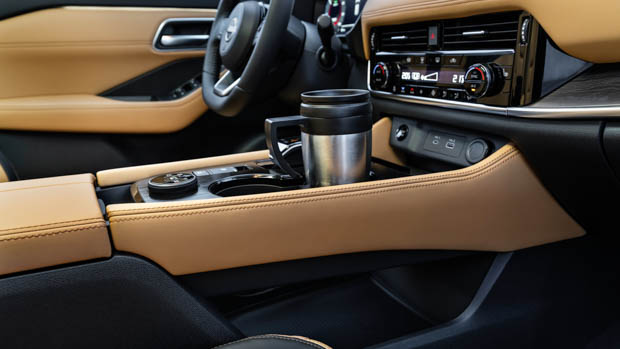
It’s worth noting that in the second row the top of the door panels change to hard plastics, but they’re done in the same style as the leather panels, so there’s no aesthetic change.
As standard, the X-Trail e-Power comes with a 12.3-inch digital cluster and a 10.8-inch HUD. Though the contents of the cluster are quite basic, the display is remarkably clear, and the system offers an impressive amount of customisation.
As for the 12.3-inch infotainment display, I’d say that it’s the most impressive aspect of the cabin. Not only is it only crystal clear, it also gets proprietary satellite navigation, while Nissan’s standard operating system is very intuitive. It also gets wireless Apple Carplay, though Android Auto remains wired.
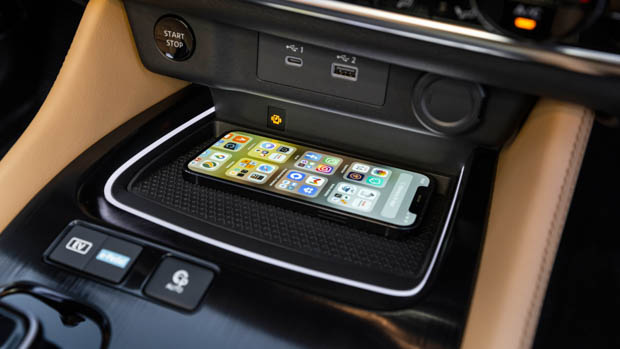
Electric seats with 10-way adjustability are included as standard and space is plentiful across the front row. The same goes for the second row of seating, where there’s no shortage of legroom, but the sunroof might make for a bit of a tight fit for taller passengers. It’s also worth noting that the rear seat is on sliders, so can be adjusted by up to 22cm in either direction, which helps with legroom or luggage space in the boot.
Speaking of the boot, Nissan provides a figure of 575L “usable space”, which is measured just to the luggage cover.
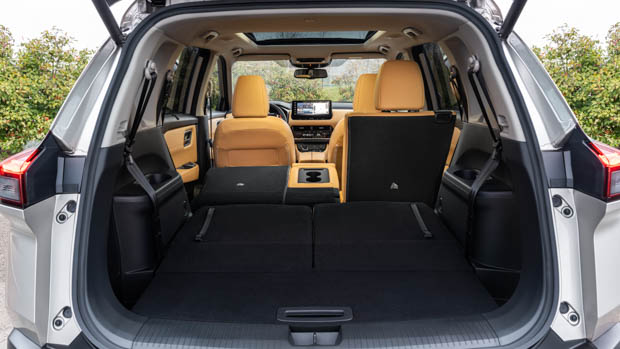
In Australia, seven seats aren’t offered on the X-Trail e-Power, but unlike other hybrid SUVs, this isn’t down to battery placement, but more because Nissan Australia wants the larger Pathfinder to remain as the exclusive seven-seat option.
A spare wheel isn’t offered with the e-Power model either, so owners will have to make do with a tyre recovery kit, which contradicts the adventurous nature of the vehicle in my opinion.
Nissan claims a combined fuel economy of 6.1L/100km for the X-Trail e-Power, though after spending quite a bit of time behind the wheel of the SUV this figure feels a bit hopeful. A 7.0L/100km figure was the best I could manage through the drive program, but then again, the majority of the circuit was up in the hills above a quaint little town called Bohinj.
I expect the X-Trail e-Power to return much improved frugality on the open road, with the engine whirring away silently, remaining in its comfort zone.
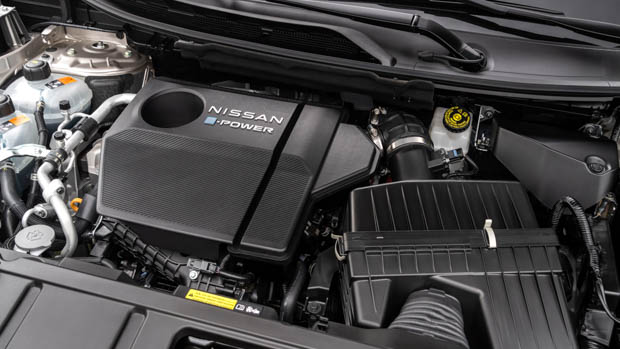
At around 7.0L/100km, I’d say that the X-Trail e-Power leaves some room for improvement. For instance, the Toyota RAV4 Hybrid can comfortably sit below the 5.0L/100km mark. Considering that fuel economy is one of the main drawcards for those in the market for a hybrid-powered SUV, this aspect might make it a hard sell for some.
A capped-price service plan is yet to be announced for the X-Trail e-Power. On the warranty front, Nissan offers a five-year, unlimited-mileage warranty across its range of vehicles sold locally.
As a whole, Nissan’s X-Trail e-Power not only feels like an extremely refined package, it also brings something new to the midsize SUV segment. Never have I experienced a petrol-engine-equipped vehicle that does such a convincing job of mimicking the driving dynamics of an EV, and this shouldn’t be overlooked as it makes for a very engaging drive.
The fit and finish of the cabin only furthers the premium feel, and it blows both the Toyota RAV4 and the Mitsubishi Outlander out of the water on this metric.
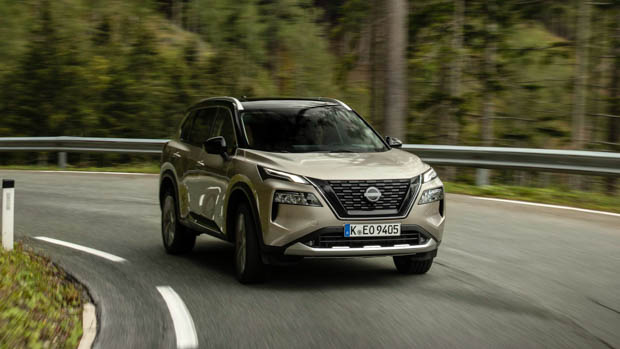
My only real concern with the X-Trail e-Power is down to its underwhelming fuel economy that falls short of where it probably should be at its price point.
As I mentioned, this is one of the main considerations for those looking in this segment, so buyers will find themselves in a toss-up between living a life of luxury on a modest budget, or reaping the rewards at the petrol pump with the Toyota.
About Chasing cars
Chasing Cars reviews are 100% independent.
Because we are powered by Budget Direct Insurance, we don’t receive advertising or sales revenue from car manufacturers.
We’re truly independent – giving you Australia’s best car reviews.
The estimate provided does not take into account your personal circumstances but is intended to give a general indication of the cost of insurance, in order to obtain a complete quote, please visit www.budgetdirect.com.au. Estimate includes 15%^ online discount.
^Conditions Apply
Budget Direct Insurance arranged by Auto & General Services Pty Ltd ACN 003 617 909(AGS) AFSL 241 411, for and on behalf of the insurer, Auto & General Insurance Company Limited(ABN 42 111 586 353, AFSL 285 571).Because we don’t know your financial needs, we can’t advise you if this insurance will suit you. You should consider your needs and the Product Disclosure Statement before making a decision to buy insurance. Terms and conditions apply.
Indicative quote based on assumptions including postcode , 40 year old male with no offences, licence suspensions or claims in the last 5 years, a NCD Rating 1 and no younger drivers listed. White car, driven up to 10,000kms a year, unfinanced, with no modifications, factory options and/or non-standard accessories, private use only and garaged at night.
^Online Discounts Terms & Conditions
1. Discounts apply to the premium paid for a new Budget Direct Gold Comprehensive Car Insurance, Third Party Property Only or Third Party Property, Fire & Theft Insurance policy initiated online on or after 29 March 2017. Discounts do not apply to optional Roadside Assistance.
2. Discounts do not apply to any renewal offer of insurance.
3. Discounts only apply to the insurance portion of the premium. Discounts are applied before government charges, taxes, levies and fees, including instalment processing fees (as applicable). The full extent of discounts may therefore be impacted.
4. We reserve the right to change the offer without notice.